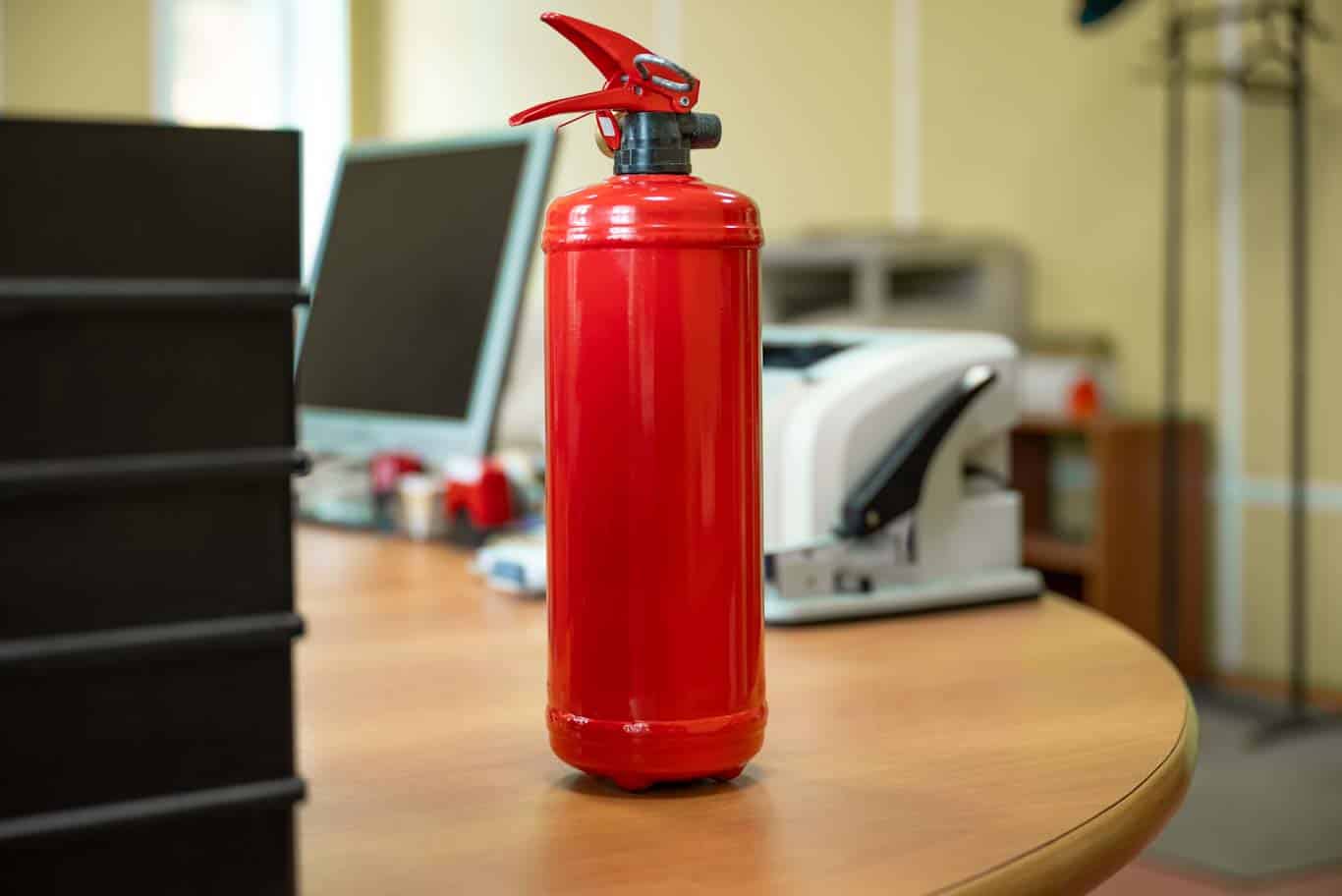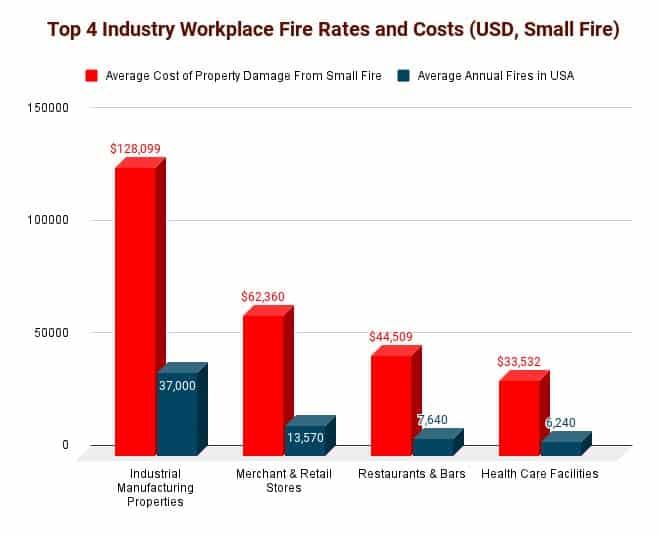Streamline Your Fire Safety Resources with Tools, Tips, and Templates for Smarter Management
Your go-to resource for fire safety guides, checklists, and templates to ensure workplace safety and compliance.

Key Topics in the Fire Safety Resources Category
Stay Compliant with Fire Safety Inspections and Maintenance
This subcategory provides the tools and knowledge you need to manage fire safety inspections and equipment maintenance with confidence. From fire extinguisher checklists to guides on exit sign requirements, we’ve got you covered. Ensure your workplace remains compliant while streamlining routine maintenance.
Plan, Practice, and Perfect Your Fire Safety Strategy
Proper planning and preparation are critical to fire safety. This section offers resources to help you create and update fire safety plans, conduct effective fire drills, and establish clear procedures. Equip your team with actionable strategies for any fire emergency with our fire safety resources.
Efficient Incident Reporting and Fire Hazard Management
When incidents happen, being prepared with the right tools is essential. This subcategory focuses on reporting fire incidents and managing specialized fire risks, such as hot work.
Download ready-to-use templates and learn about essential requirements to protect your business and employees.
Why Fire Safety is Essential for Business Managers
Fire safety is more than just a regulatory obligation. It's not meant to be a buzzword, and it isn't a trend to forget later; it's a fundamental aspect of protecting your business, employees, assets, and customers. As a manager, your role in ensuring a fire-safe workplace is critical for not only safeguarding lives but also preserving the continuity and reputation of your organization. Not to mention, it's actually a legal responsibility if you manage people.
Fires in the workplace can deliver devastating consequences, as you can well imagine. Just look at what can happen in the blink of an eye with flammables. According to Ceasefire’s recent statistics, fire-related incidents in commercial settings result in billions of dollars in damages annually, not to mention the tragic loss of life and long-term injuries they cause. For businesses, even a small fire can lead to costly interruptions, regulatory fines, and reputational harm that might take years to recover from.
Non-compliance with fire safety regulations compounds these risks. Businesses that fail to maintain fire safety equipment, train employees, or establish emergency procedures may face steep penalties, legal liabilities, and even forced shutdowns. Beyond the legal implications, a lack of preparation can erode trust among employees and customers, impacting morale and your bottom line.
Legal Responsibilities of Managers Regarding Fire Safety
Compliance with Fire Safety Laws and Regulations
In most countries, workplace safety laws require employers and managers to follow fire safety codes, such as maintaining fire equipment, providing clear evacuation routes, and adhering to local fire prevention standards. Examples include:
- The Occupational Safety and Health Administration (OSHA) in the U.S.
- The Fire Safety Order 2005 (FSO) in the U.K.
- In Canada, a good resource for employers is the Canadian Centre for Occupational Health and Safety.
- Similar workplace safety standards in Australia and the EU.
Duty of Care
Managers have a general duty of care to ensure a safe working environment for team members, customers, and visitors. This duty includes identifying fire hazards, mitigating risks, and ensuring the workplace is free from unsafe fire-related practices, such as blocking fire exits or improperly storing flammable materials.
Conducting Risk Assessments
Many laws mandate regular fire risk assessments. For instance, the U.K.’s FSO requires a "responsible person" (often a manager) to identify fire risks and take reasonable steps to reduce or eliminate them.
Providing Training and Emergency Preparedness
Managers are often required to ensure that employees are trained in fire safety, including how to use extinguishers, follow evacuation procedures, and recognize fire hazards. Failure to do so can result in legal liabilities.
Accountability for Non-Compliance
Managers can face legal penalties for failing to uphold fire safety regulations. These may include fines, business closure, or even imprisonment if gross negligence leads to serious injury or death.
Disclaimer About Legalities: Although we mention regulations and legal penalties, the information provided is not to be taken as or used in place of professional legal advice. Suppose you aren't sure about your responsibilities. In that case, we strongly recommend that you consult a labor lawyer in your area for clarification.
On the flip side, proactive fire safety management brings peace of mind and tangible benefits. Regular inspections, clear evacuation plans, and well-trained teams can significantly reduce the probability of an incident. Additionally, maintaining compliance with fire safety standards demonstrates your commitment to creating a safe and responsible workplace—a commitment that resonates with employees, clients, and stakeholders alike.
In short, fire safety isn't just about compliance and avoiding legal consequences; it's about leadership and promoting a safe work environment for your team members. Taking proactive steps to identify risks, implement safeguards, and educate your team ensures you're not just prepared for an emergency but actively working to prevent one. After all, the best fire to fight is the one that never starts.
Fire Safety and Prevention FAQs
How often should fire extinguishers be inspected in the workplace?
Fire extinguishers should undergo monthly visual inspections and also an annual professional maintenance check. Regular inspections help ensure they are fully charged, accessible, and ready to use in an emergency. For more information, check out our guide, Fire Extinguishers In The Workplace: A Manager's Guide.
What should a fire safety plan include?
A comprehensive fire safety plan should outline the following information:
- Emergency contact information.
- Evacuation routes and assembly points.
- Roles and responsibilities during an emergency.
- Procedures for reporting and handling fire-related incidents.
- Maintenance schedules for fire safety equipment.
This plan must be regularly updated to address changes in staff, layout, or regulations. Read more about creating your fire safety plan in our guide, Creating (and Updating) the Fire Safety Plan for Your Business.
Who is responsible for fire safety in the workplace?
Fire safety is typically a shared responsibility, but managers often play a key role in ensuring compliance with regulations and promoting fire safety practices. The exact "responsible person" may vary depending on local laws. Still, it usually includes employers, building owners, or designated fire wardens.
What is the purpose of a fire drill, and how often should it be conducted?
Fire drills simulate an emergency to ensure employees know evacuation procedures and can act quickly during a real fire. Businesses should conduct fire drills at least once a year, though high-risk workplaces may require more frequent drills. For more information about setting up, running, and documenting fire drills at your place of business, check out our dedicated resources: The Complete Guide to Making a Fire Drill Procedure and A Fire Drill Checklist (PDF for Businesses).
Keep Connected, Stay Safe
We encourage you to explore the articles for detailed insights and share them with your team. Many of our articles in the fire safety resources category deliver valuable insights from experience, so don’t miss out.
Make sure you subscribe so you don’t miss out on news, updates, tips, guides, and more straight from 1st Reporting to your inbox. Stay safe, and consider mobile reporting solutions if you haven’t already - they make fire safety document management easier and more effective.
